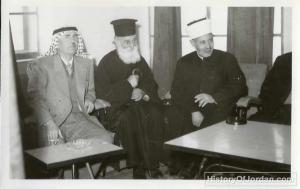Alsat

al-Salt is an ancient town located on the main highway linking Amman with Jerusalem. It is the capital of the Balqa Governorate. A 13th century ruined fortress is found on one of the hills beside al-Salt which shows that the town occupied strategic positions in the past.The town is believed to have been built by the army of Alexander the Great. It was destroyed and restored several times throughout its history. During the late 19th century traders from Nablus selected al-Salt as the hub of their trading network. In this way, the economy of al-Salt flourished. Several elegant honey-colored stone buildings still exist and render beauty to this hill-town.
Demography: al-Salt’s population is approximately 437,500. Muslims are 65% of the population and Christians are 35%. The city is divided into nine districts.
Geography: al-Salt is located on and among three hills which form part of the Jordan Valley. Its height from sea-level varies from 790 to 1,100 meters. The climate of al-Salt is from cold to mild with long spring and summer seasons. It occasionally snows during the winter.
Tourism: al-Salt is a famous tourist destination because of its location between the eastern desert and Jordan Valley. The yellow sandstone buildings with their domed roofs, tall arched windows, and interior courtyards lend a special character to the town.
Abu-Jaber mansion is the main attraction which has frescoed ceilings painted by Italian artists. The Roman tombs and the Ayyubid fortress of the 13th century in the outskirts of al-Salt offer rich historic experience to tourists. Folklore and the Archaeological Museum in al-Salt draws a large number of tourists every year.